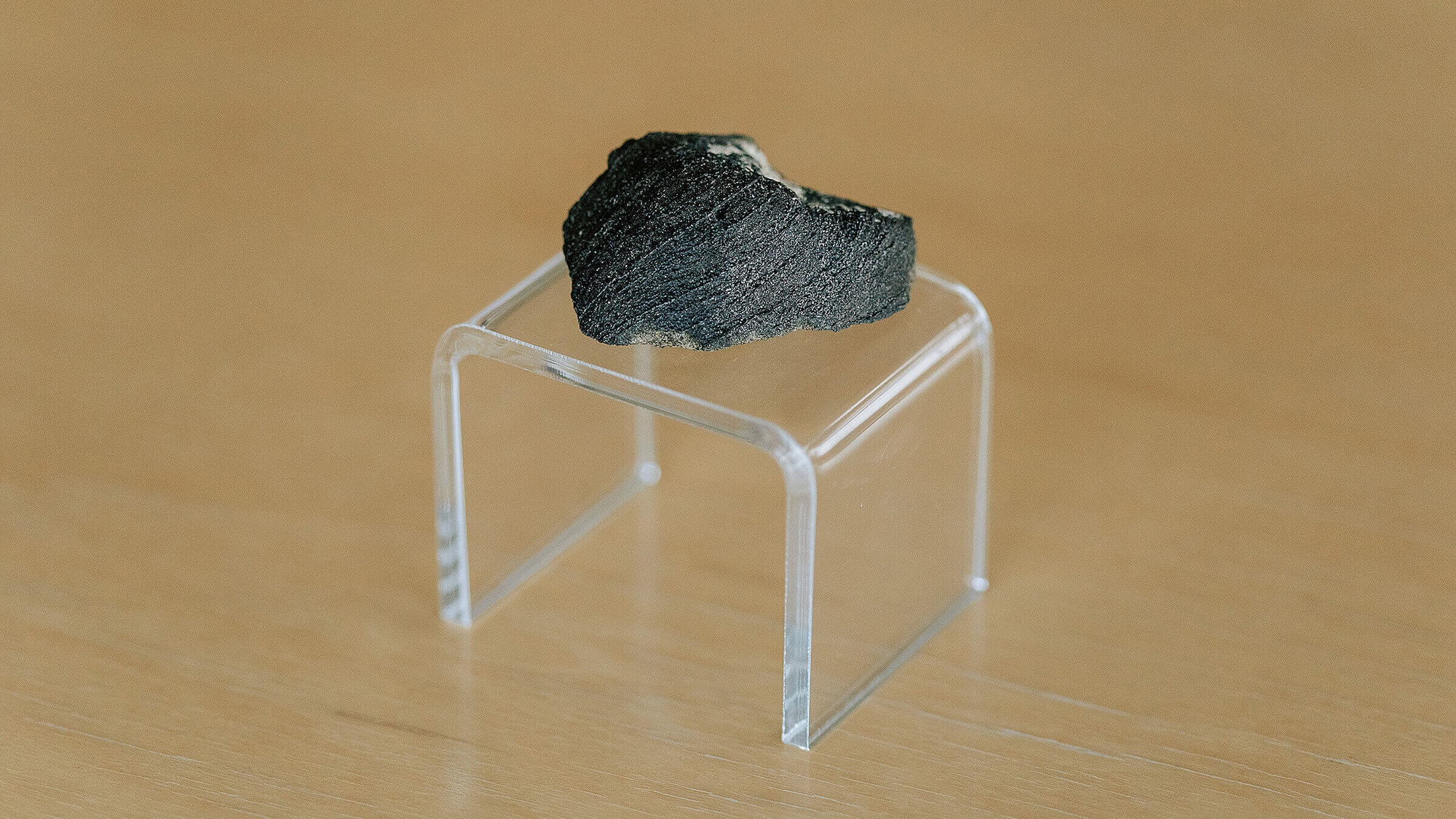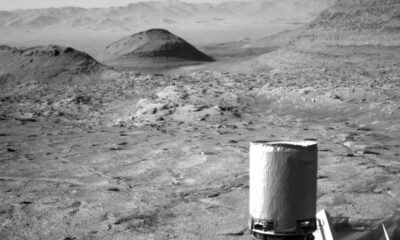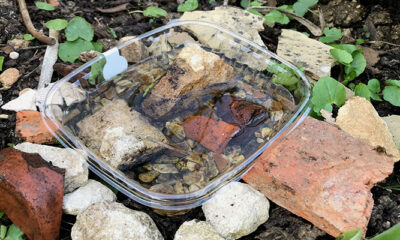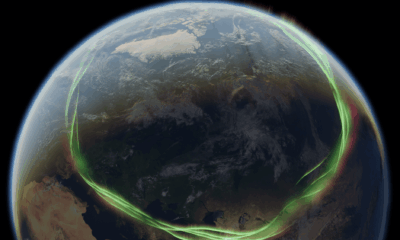Gadgets
Meteorite found in a drawer in 1929 contains ancient evidence of liquid water on Mars

A piece of rock from Mars, known as the Lafayette Meteorite, has shed light on the geological history of the Red Planet. Through isotopic dating, researchers at Purdue University have determined that this meteorite likely interacted with liquid water around 742 million years ago.
The journey of the Lafayette Meteorite was quite extraordinary and somewhat serendipitous. Approximately 11 million years ago, an asteroid impact on Mars sent debris into space, with one meteorite eventually making its way to Earth, landing in Indiana. Discovered in a Purdue University desk drawer in 1929, this Martian rock remained hidden until it was later donated to the Field Museum in Chicago in the 1980s.
Experts at the Field Museum identified gases trapped within the Lafayette Meteorite that matched those found in the Martian atmosphere by NASA’s Viking spacecraft. Further analysis revealed that minerals in the meteorite had interacted with liquid water on Mars, though the exact timeframe of this interaction remained unclear.
Recent research by Purdue University’s Department of Earth, Atmospheric, and Planetary Sciences has provided more clarity on the Lafayette Meteorite’s history. Published in Geochemical Perspective Letters, the study confirmed that the rock likely encountered liquid water during its formation 742 million years ago, possibly due to melting subsurface ice caused by magmatic activity on Mars.
Lead author Marissa Tremblay explained that despite the evidence of water interaction, it does not necessarily indicate the presence of vast oceans on Mars at that time. The study also addressed potential contamination issues that could have affected the age of the meteorite.
Looking ahead, researchers are optimistic about applying similar dating techniques to other meteorites and even planets to uncover more evidence of water in the universe.
-

 Destination8 months ago
Destination8 months agoSingapore Airlines CEO set to join board of Air India, BA News, BA
-

 Breaking News10 months ago
Breaking News10 months agoCroatia to reintroduce compulsory military draft as regional tensions soar
-

 Gadgets3 months ago
Gadgets3 months agoSupernatural Season 16 Revival News, Cast, Plot and Release Date
-

 Tech News12 months ago
Tech News12 months agoBangladeshi police agents accused of selling citizens’ personal information on Telegram
-

 Productivity11 months ago
Productivity11 months agoHow Your Contact Center Can Become A Customer Engagement Center
-

 Gadgets3 weeks ago
Gadgets3 weeks agoFallout Season 2 Potential Release Date, Cast, Plot and News
-

 Breaking News10 months ago
Breaking News10 months agoBangladesh crisis: Refaat Ahmed sworn in as Bangladesh’s new chief justice
-

 Toys12 months ago
Toys12 months ago15 of the Best Trike & Tricycles Mums Recommend























